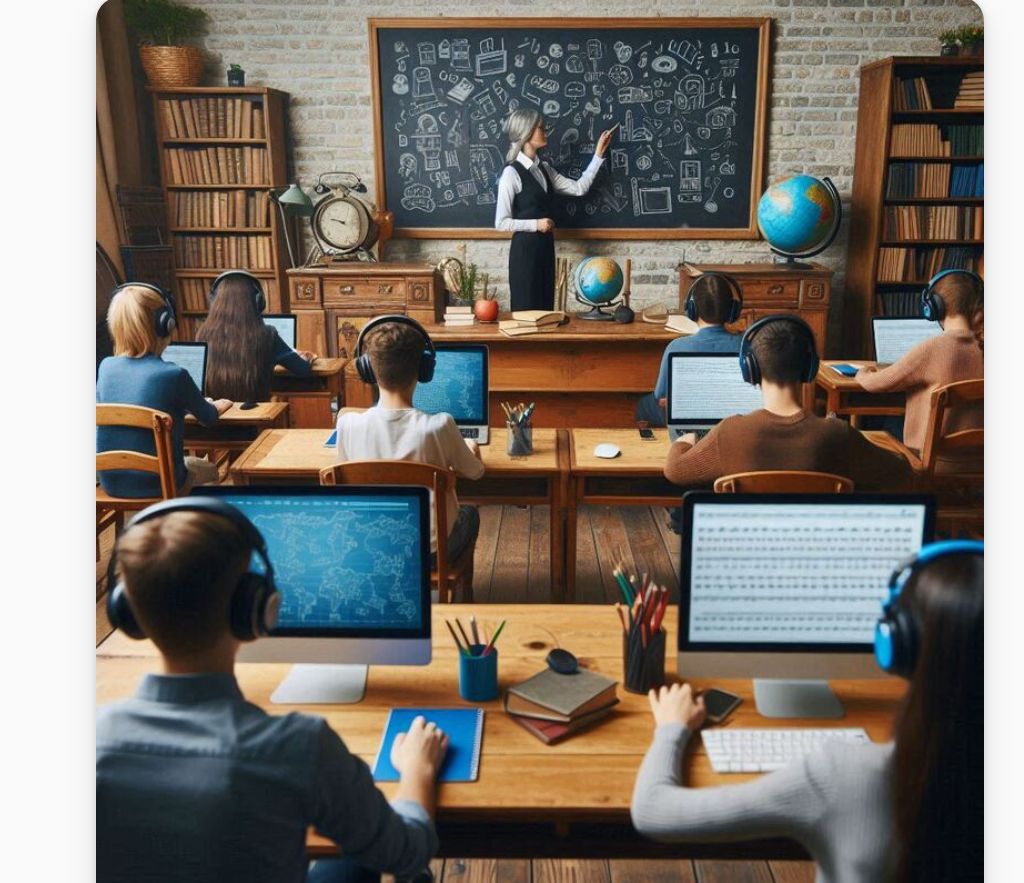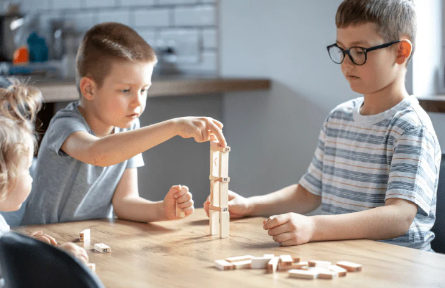
The education landscape is undergoing a metamorphosis. Traditional classrooms, once the undisputed kings of learning, now share the throne with virtual classrooms – online spaces teeming with knowledge and accessible from the comfort of your couch (or your favorite park bench, for the adventurous learner). But with this exciting new option comes a crucial question: which learning environment reigns supreme?
This blog post dives into a no-holds-barred review of virtual classrooms versus traditional learning, dissecting the pros and cons of each to help you decide which method best suits your educational goals and learning style.
The Allure of the Virtual Classroom: Convenience and Flexibility at Your Fingertips
Imagine attending a captivating lecture on astrophysics while sipping your morning coffee in your pajamas. Flexibility is the virtual classroom’s crown jewel. You can learn at your own pace, revisit recorded lectures for clarification, and juggle your studies with your existing commitments – all from the comfort of your chosen environment.
Pros of Virtual Classrooms:
Convenience and Flexibility: Learn on your schedule, revisit lectures, and eliminate the commute.
Accessibility: Geographical barriers disappear. Pursue your dream course offered across the globe!
Self-Paced Learning: Tailor your learning journey to your individual needs.
Diverse Learning Materials: Embrace a world of online resources beyond the confines of a single textbook.
Reduced Costs: In some cases, virtual courses can be more affordable than traditional programs, especially when considering commuting expenses.
But the Virtual Classroom Isn’t Without Its Quirks: Mind the Tech Gremlins!
While virtual classrooms offer undeniable advantages, there are challenges to consider. A reliable internet connection is your lifeline, and technical difficulties can disrupt the learning flow. Self-discipline is also crucial, as the allure of social media or that ever-growing to-do list can be a powerful distraction.
Cons of Virtual Classrooms:
Potential for Distractions: Staying focused in a self-directed learning environment can be tricky.
Technical Dependence: Reliable internet access is essential, and tech glitches can disrupt the learning process.
Lack of In-Person Interaction: The richness of face-to-face interactions with instructors and classmates can be diminished in a virtual setting.
The Traditional Classroom: A Social Hub of Learning with a Human Touch
The classic classroom experience offers a vibrant social atmosphere and the invaluable benefit of in-person interaction. The energy of a live lecture, the opportunity to ask questions in real-time, and the camaraderie of classmates can be powerful motivators.
Pros of Traditional Classrooms:
Structured Learning Environment: Provides a clear schedule and routine for focused learning.
In-Person Interaction: Benefit from real-time feedback and discussions with instructors and classmates.
Socialization and Networking: Build relationships with classmates and instructors, fostering a sense of community.
Improved Focus: The structured environment of a physical classroom can minimize distractions.
Immediate Feedback: Get instant clarification of concepts through direct interaction with instructors.
The Traditional Classroom Isn’t Perfect Either: One Size Doesn’t Always Fit All
While traditional classrooms offer a valuable social and interactive experience, the fixed schedule and location can be restrictive for busy individuals. Additionally, the learning pace might not always be ideal for everyone.
Cons of Traditional Classrooms:
Limited Flexibility: Fixed schedules and locations can clash with existing commitments.
Less Personalized Learning: The learning pace caters to the majority, which may not suit all individual needs.
Commuting Costs: Factor in travel time and expenses when considering traditional learning.
The Verdict: It’s All About You!
There’s no one-size-fits-all answer. The ideal learning environment depends on your individual learning style, schedule, and personal preferences.
Here are some questions to consider:
Do you thrive on structure and in-person interaction, or do you prefer a flexible, self-directed learning environment?
How important is face-to-face interaction with instructors and classmates for you?
Does your schedule allow for the fixed timings and potential commute of a traditional classroom?
By carefully weighing these factors, you can choose the learning environment that empowers you to achieve your academic goals and unlock your full potential.
So, what are you waiting for? Embrace the exciting possibilities that both virtual classrooms and traditional learning offer. Explore, experiment, and find the educational path that ignites your passion for lifelong










